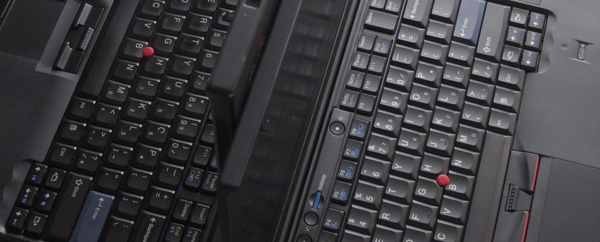
In innovation land, “if it ain’t broke, break it!” is a common sentiment coined by Tom Peters I think. All too often businesses stick to doing the same things because humans don’t really like change all that much. The risk is, sooner or later someone else is going to come along and break it. So the idea is you may as well be the one to break it.
This radical reinvention approach, however, is not necessarily all that great if your focus is on steadfast gradual improvement.
As I illustrated in this post, innovation (ie radical change) happens as an interrupt to the larger cycles of operations and improvement. In a recent podcast, Thinkpad design director David Hill painted an interesting picture contrasting improvement with radical change:
“Imagine that you and I are going to build a new house each year. And you chose to build a completely new house every year, and I just built the same one every year, and I made subtle improvements to it. I believe after about five years my house will be a whole lot better than yours.”
The primary aim for the Thinkpad line is constant improvement; not frequent radical change. Their plan is to take something good and make it better with each iteration.
Starting afresh every time means create new problems every time. This is as true for software development as it is when building houses. There is no opportunity for fixing previous problems or improving the existing base.
A tool like a Thinkpad needs to be stable. I expect the parts I bought last year to be usable next year. As I upgrade to a newer model I expect first and foremost that the features I rely on are still there, and either unchanged or improved. I expect to be able to just get on with what I am doing.
In Brent Richards excellent article Time to Rethink Design:
Has Design reached its sell by date? he wrote about how “design is now a major source of pollution” and that “driven by our daily addiction for the new, there is a lack of respect for the well tried, trusted, and workable.”
We seem to value the short term glitz of fashion over the quiet long term dependability of tools. This is gravely irresponsible at a time when we are rapidly depleting the planet’s resources and polluting ourselves out of a home.
Brent Richards argues that we must make design matter, and not just better, or more fashionable for the sake of selling more stuff. “The iPhone may be the zenith of iconic user design, but why is it encased in glossy shell when we are required to purchase add-on protection to resist daily wear and tear. Is this design fit for purpose…?”